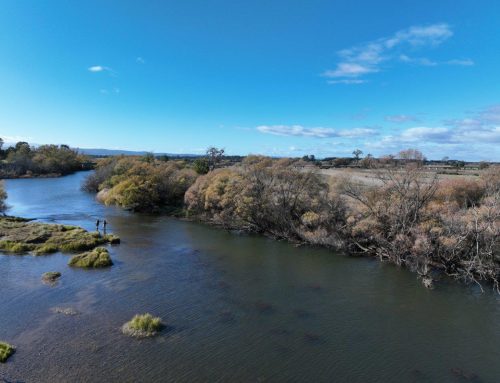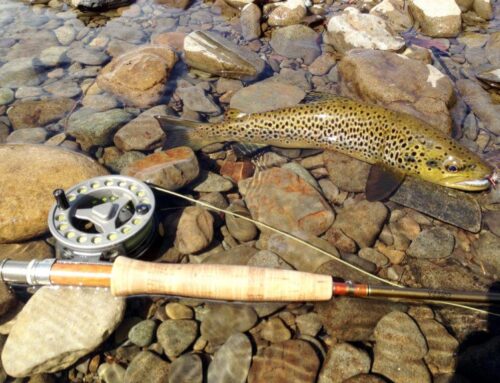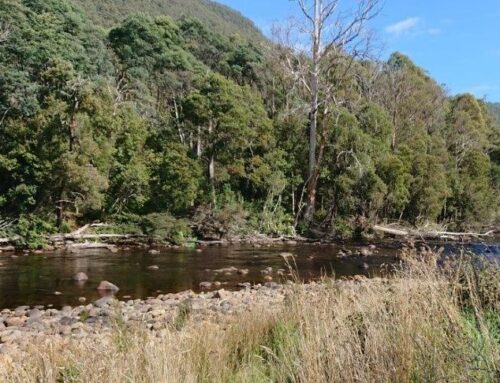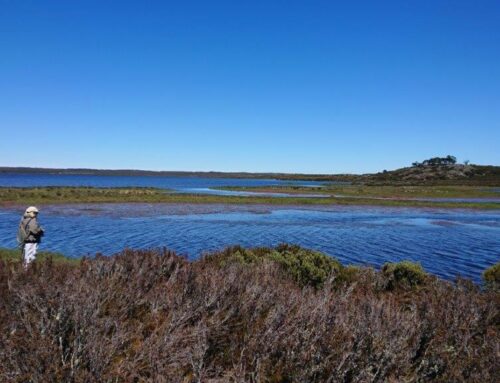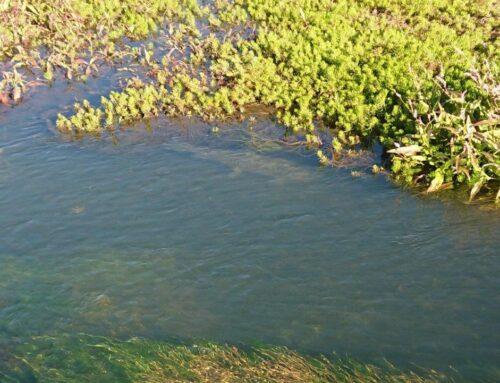In Tasmania, developing a sense around what trout foods are available, where and when, increases the chances for success.
Mayfly are in full swing from September/October on the lakes and rivers of the lowlands. The highlands follows a little later due to its altitude and climate.
These mayfly hatches continue through to around March, peaking again on the lowlands through to the end of April and the season’s close.
Altitude plays a major role along with water and air temperature; changing light conditions, i.e. cloud cover; and wind and climate.
Nymph
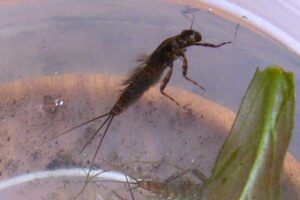
The Nymph
Nymphs live in the water all year round, within the habitat, such as weed, rocks, silt. They eat detritus such as algae. They go through phases termed as instars, and grow, waiting for the opportunity when water temperature and other conditions such as light changes trigger them into hatch. When they hatch, they become an emerger, crawling out of their shuck, on the surface, become a dun and fly away (if they don’t fall prey to birds and fish).
Conditions that trigger hatch include changing light conditions, some cloud with sunny breaks, even drizzle… often leading to good mayfly hatches, likely to have some light winds through to gusty, stronger winds.
Dun
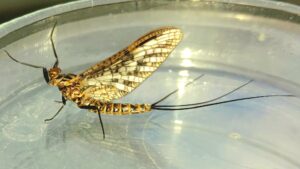
The Dun
The dun has hatched on the water, escaped, and waiting to change into its final egg laying adult stage, the spinner. This stage, depending on the species, takes anywhere between an hour or so and a couple of days.
Calm conditions, particularly with overcast conditions, can lead to some excellent spinner falls, or in calm protected areas when the winds are stronger, some spinner will get the chance to get over the water and lay eggs.
Spinner
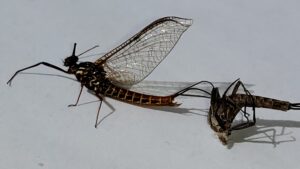
The Spinner has just hatched from the shuck
The spinner enters its final life stage on the land or vegetation, comes back to the water to mate and lay eggs. It has a short life span, and its only purpose is to mate and lay eggs.
Fly patterns
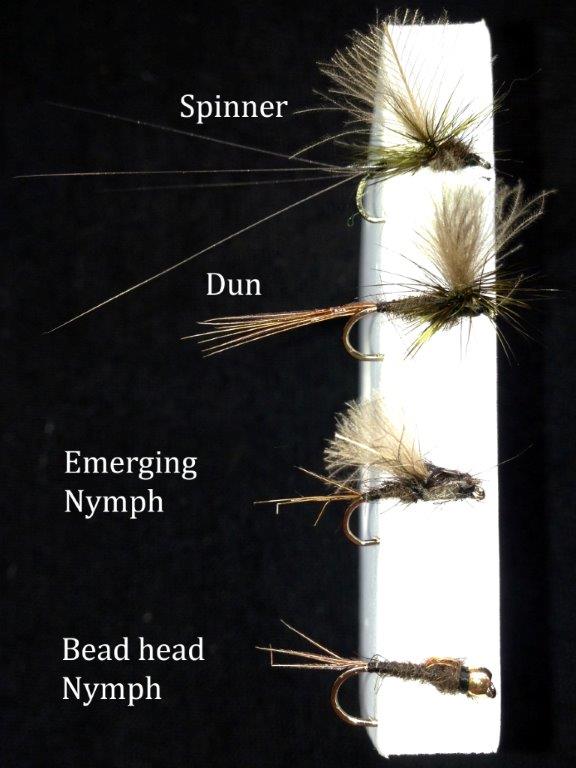
Fishing flies tied in patterns representing the life cycle of the mayfly
These are some flies we use to imitate the different stages.
From the top:
Spinner: The spinner pattern is the full adult version of the mayfly. This fly is paramount in calm or light wind conditions, or protected areas throughout the mayfly season.
Trout will often take them in the air and become totally focused on them when they are abundant.
Dun: The dun pattern imitates the hatched stage of the mayfly and really is trying to get away from the water to change into its final state, the spinner.
Mimic the natural movement of the dun struggling to get off the water with a tweak to a skate.
Emerger: I believe the trout are less interested in the dun and more interested in the emerger which spends more time in a vulnerable state, rising through the water column, or trapped in the surface film for some time.
The best hatches are likely to occur when the water temperature is above 15 degrees Celsius. Overcast with intermittent sunny spells tend to drive waves of hatching insects. Wind changes in strength and direction can also influence the hatches.
Mimic the natural movement of the emerger with slow tweak with varied stopping periods.
Drizzle, or occasional showers can trap duns and emergers in numbers on and in the surface film, which can lead to a frenzy of feeding and taking numbers in a predictable fashion for a modest period of time.
Nymph: The nymph is a searching fly before the hatch gets underway, or in the general lack of surface insect activity. Weighted or unweighted will determine where in the water column the fly will sit. A good line connection between rod tip and fly pays really high dividends, and imparting a natural movement to a fly attracts attention and assists good connection.
Mimic the natural movement of the nymph on its way to the surface with a variable slow retrieve.

